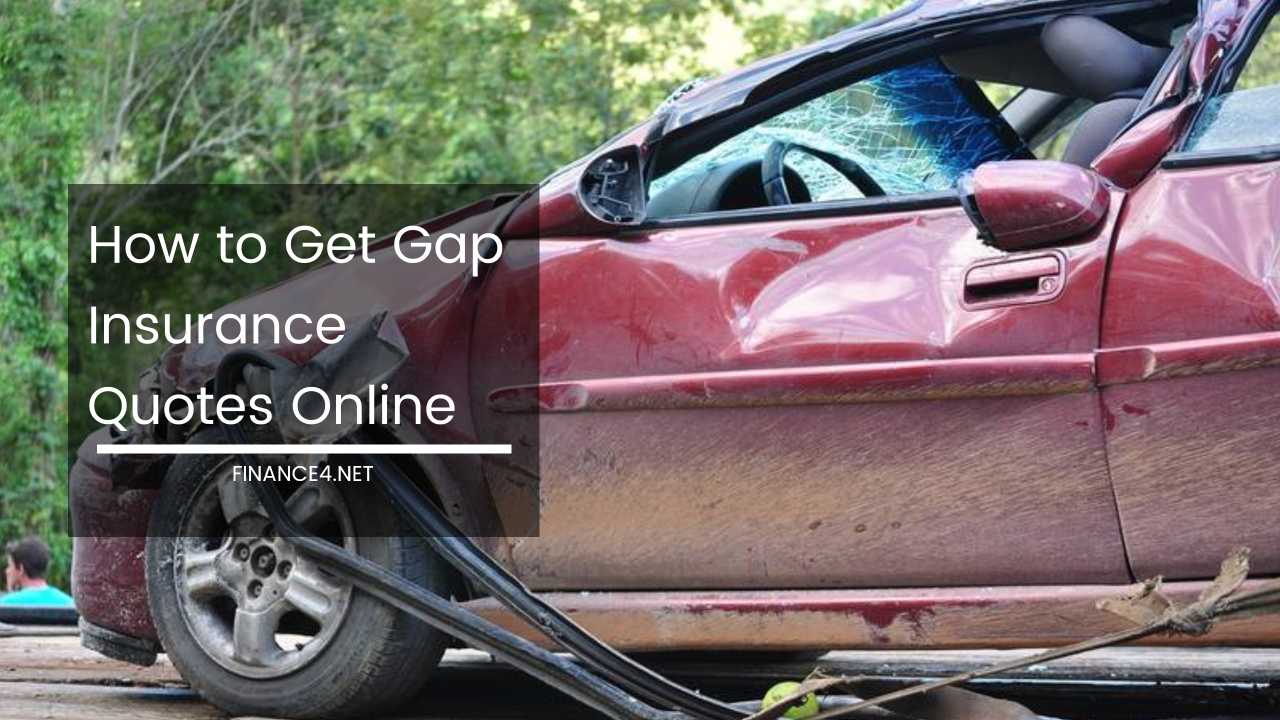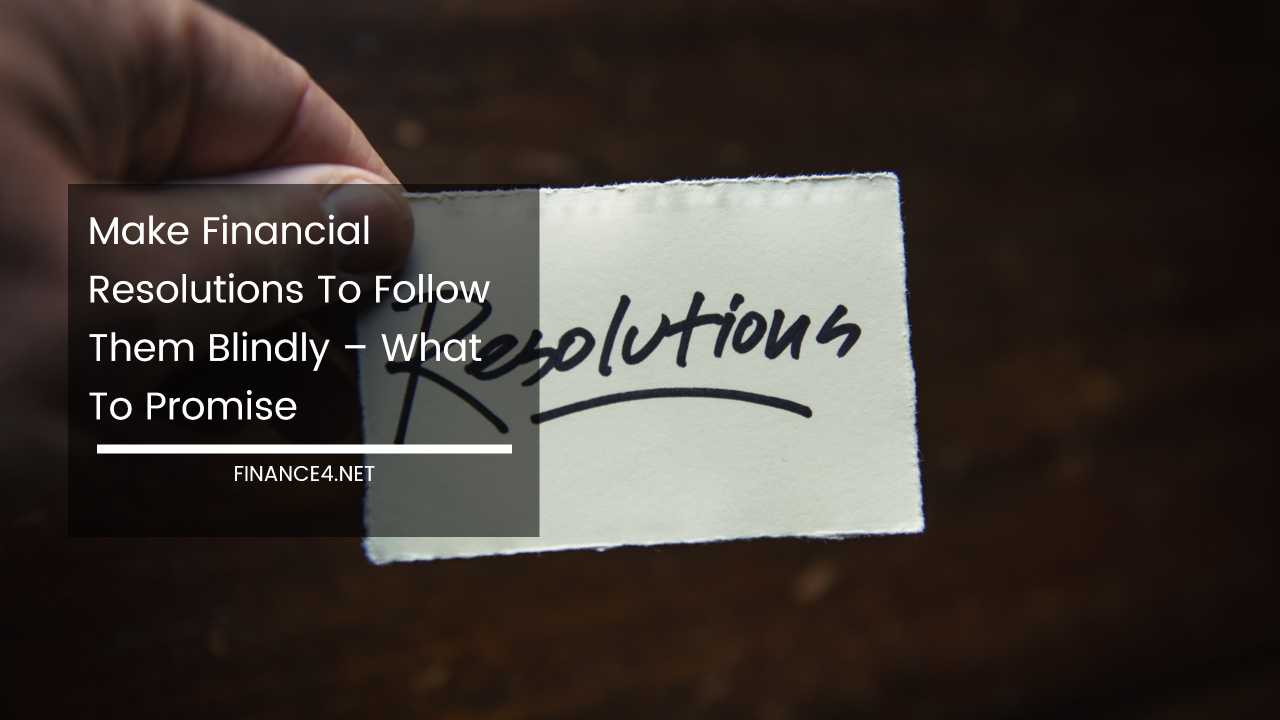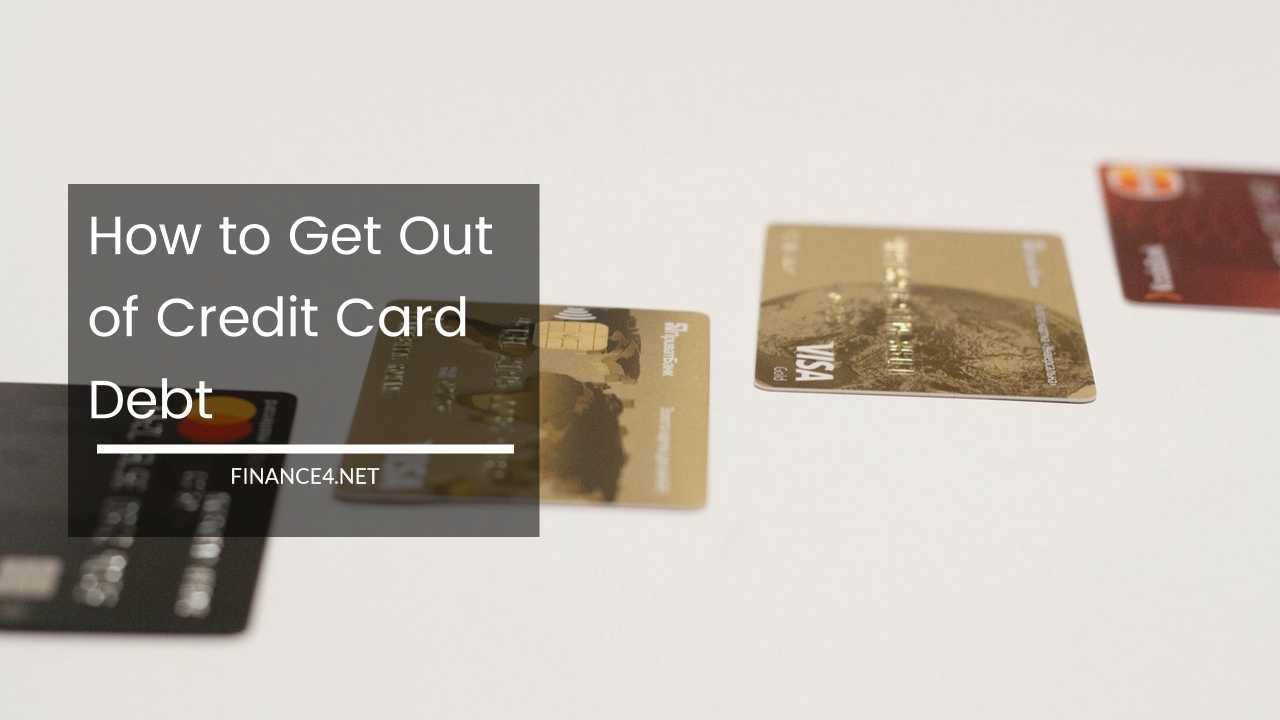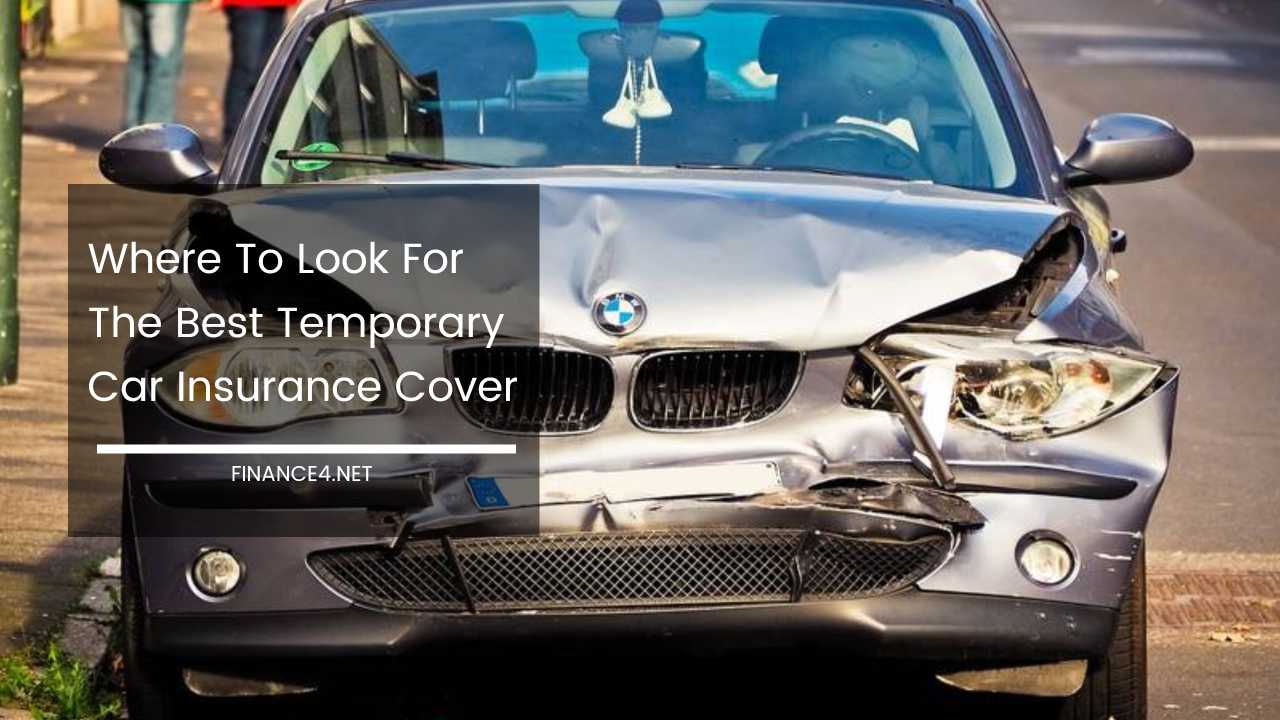How to Get Gap Insurance Quotes Online
How to Get Gap Insurance Quotes  Online
Online
In the world of auto ownership, gap insurance can be a financial lifesaver in specific situations. This often-overlooked coverage bridges the gap between your car’s depreciated value and the outstanding balance on your loan or lease if it’s declared a total loss due to theft or accident.
But with various providers, coverage options, and pricing structures, navigating the gap insurance landscape can feel overwhelming.
This comprehensive guide empowers you to get the best gap insurance quotes online and make informed decisions about your car’s financial protection.
Understanding Gap Insurance Nuances:
Before diving into quotes, let’s delve deeper into gap insurance types:
- Guaranteed Auto Protection (GAP): The most common kind, covering the difference between your loan/lease payoff and the car’s actual cash value (ACV) at the time of a total loss.
- Replacement Gap Insurance: This goes beyond basic GAP, covering the gap between ACV and replacing your car with a new one of the same make and model (mileage adjustments considered).
- Loan/Lease Payoff Gap Insurance: This simplified version ensures your loan/lease is fully paid off by covering the difference between the remaining balance and the ACV.
Factors Influencing Gap Insurance Cost:
- Vehicle Age and Depreciation Rate: Newer cars with faster depreciation typically incur higher gap insurance premiums.
- Loan-to-Value Ratio (LTV): A higher LTV (owing more than the car’s worth) translates to a costlier gap insurance policy.
- Deductible: Choosing a higher deductible lowers your premium but requires you to pay more out-of-pocket if you file a claim.
- Driving Record: A clean driving history might qualify you for discounts on gap insurance.
- Coverage Term: Matching your coverage term with your loan/lease term offers peace of mind but might cost more upfront.
Exploring Gap Insurance Providers:
While online quote tools are a starting point, consider these additional avenues for gathering information:
- Auto Insurance Companies: Many major auto insurers offer gap coverage as an add-on to your existing policy. This can simplify billing and potentially lead to bundled discounts.
- Specialized Gap Insurance Providers: These companies focus solely on gap insurance, potentially offering competitive rates or unique coverage features like roadside assistance or rental car coverage.
- Dealership Gap Coverage: Dealerships often push gap coverage during the car buying process. While convenient, compare prices with other providers before committing.
Beyond Online Quotes: Additional Research Tips:
- Contacting Insurance Agents: A local insurance agent can provide personalized quotes, explain different gap coverage options, and answer your specific questions.
- Reviews and Ratings: Look for online reviews and independent ratings of different gap insurance providers to assess customer experiences, claim settlement processes, and financial stability.
Negotiating Gap Coverage:
Don’t be afraid to leverage your options when it comes to cost:
- Bundling with Existing Insurance: Bundling gap coverage with your auto insurance or other policies from the same provider can lead to discounts. Explore these options with your current insurer.
- Haggling with Providers: Especially with dealerships, negotiating the price of gap coverage might be possible, particularly if you’re financing other car-related products.
Understanding Policy Wording: Don’t Get Caught Off Guard:
Carefully scrutinize the policy details before committing:
- Exclusions and Limitations: Pay close attention to any situations where gap coverage might not apply, such as driver negligence, mechanical breakdowns, or acts of nature.
- Third-Party vs. Lender Gap Coverage: Third-party gap policies often offer more flexibility in terms of car repairs and customization options, while lender gap coverage might be mandated by your loan terms. Understand the differences and choose the coverage that best suits your needs.
The Claim Process: What to Expect When You Need It:
- Filing a Claim: In the unfortunate event of a total loss, understand the steps involved in filing a claim with your gap insurance provider. This typically involves contacting your provider, submitting the necessary documentation, and cooperating with their investigation process.
- Required Documentation: Be prepared to submit documents like the accident report, police report, vehicle title, proof of ownership, and your loan/lease agreement.
Alternatives to Gap Insurance: Weighing Your Options:
While gap insurance offers valuable protection, it’s not always necessary. Consider these alternatives:
- Increasing Down Payment: A larger down payment reduces the loan amount and minimizes the potential gap between the loan balance and the car’s value.
- Saving an Emergency Fund: Having an emergency fund allows you to cover the difference between the ACV and your loan balance out-of-pocket in the event of a total loss.
- Early Loan Payoff: Prioritizing paying off your car loan faster helps you avoid a significant gap situation by reducing the outstanding loan balance that could exceed the car’s depreciated value.
Making an Informed Decision: It’s All About You
By taking the time to understand gap insurance, research providers, compare quotes, and carefully review policy details, you can make an informed decision about whether gap insurance is right for you and secure the best coverage at an affordable price. Here are some additional factors to consider:
- Resale Value of Your Car: If your car is expected to hold its value well (certain sports cars, for example), gap insurance might not be as crucial. Research your car’s specific depreciation rate to gauge the potential gap risk.
- Updating Coverage Limits: As you make loan payments and your car depreciates, the gap between the loan balance and the car’s value narrows. Regularly review your gap coverage limits and adjust them accordingly to ensure you maintain adequate protection. Some providers might offer automatic adjustments, while others require manual updates.
- Canceling Gap Coverage: Don’t continue paying for coverage you no longer need. Once your loan balance falls below the car’s actual cash value, you can cancel your gap insurance policy and save on premiums.
Key Takeaways and Proactive Tips:
- Gap insurance is valuable for those who finance a significant portion of their car or lease it. The greater the potential gap between the loan/lease balance and the car’s value, the more beneficial gap insurance becomes.
- Don’t wait until you need gap insurance to start researching. Getting quotes online is a quick and easy process. The more informed you are about gap insurance options and pricing beforehand, the better equipped you’ll be to make a wise decision.
- Shop around and compare quotes from multiple providers. Don’t settle for the first quote you receive. Take advantage of online quote tools, consult with different insurance agents and providers, and negotiate for the best possible rate.
- Read the fine print before you buy. Understand the coverage details, exclusions, limitations, and the claim settlement process before committing to a gap insurance policy.
- Maintain good driving habits. A clean driving record can qualify you for discounts on gap insurance and other auto insurance coverages.
Peace of Mind on the Road: The Value of Gap Insurance
With thorough research and the right gap insurance coverage in place, you can drive with peace of mind, knowing you’re financially prepared for the unexpected.
Even if you never need to file a claim, having gap insurance provides a layer of security in the unfortunate event of a total loss. Remember, a few minutes spent researching and comparing quotes can potentially save you thousands of dollars down the road.
Beyond the Basics: Frequently Asked Questions (FAQs)
- Is gap insurance mandatory? No, gap insurance is optional. However, lenders might require it for certain loan terms, especially if you finance a high percentage of the car’s purchase price.
- Can I add gap insurance to an existing policy? Yes, in many cases, you can add gap insurance to your existing auto insurance policy. Contact your current insurer to inquire about gap coverage options and pricing.
- What happens if my gap insurance policy is canceled? If your gap insurance policy is canceled, you will no longer be covered for the gap between your loan balance and the car’s value in the event of a total loss.
- How long does gap insurance coverage last? The duration of your gap insurance coverage typically matches the term of your loan or lease.
By understanding these key points and leveraging the information in this comprehensive guide, you can navigate the world of gap insurance with confidence and make informed decisions to protect your car and your finances.
Remember, knowledge is power, and when it comes to gap insurance, a little research can go a long way.



